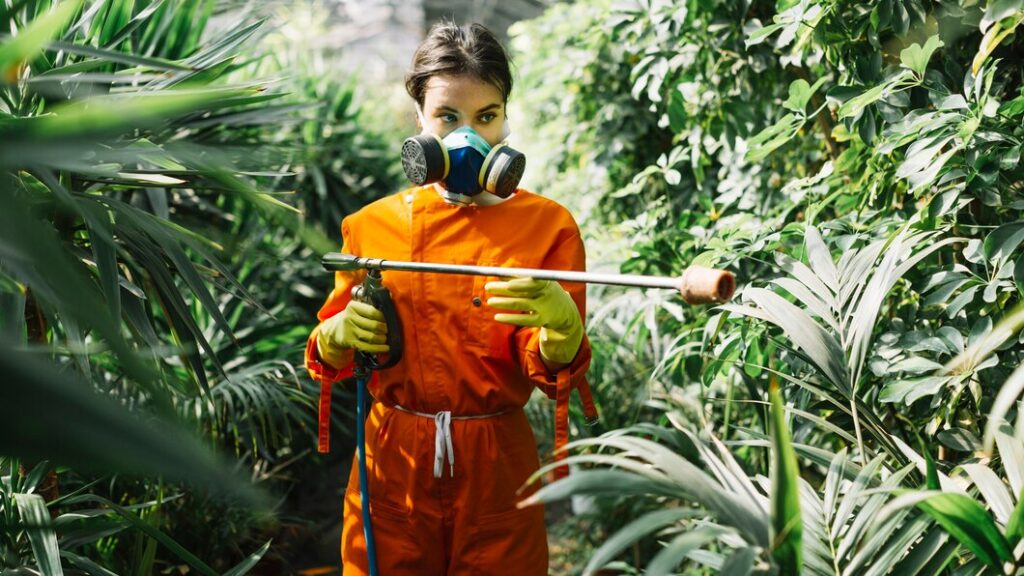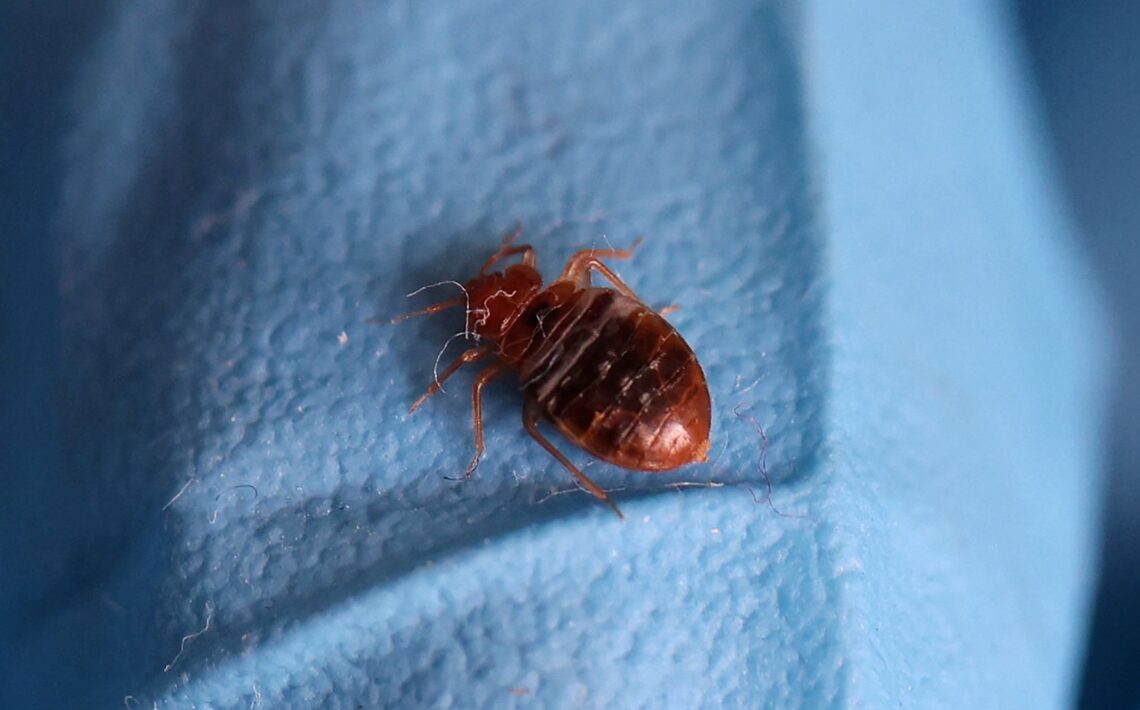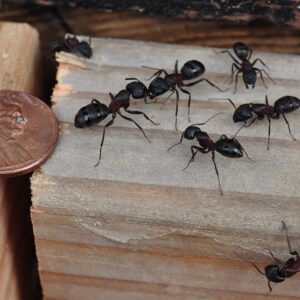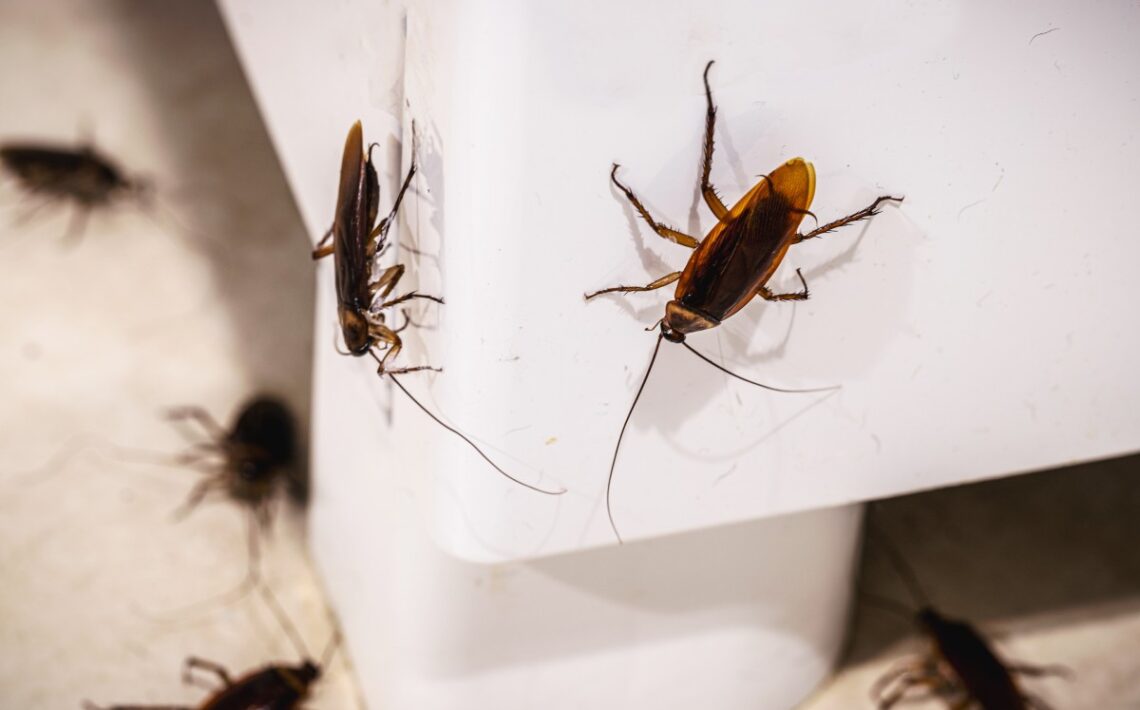Green Pest Control
Green pest control
Green pest control services are increasingly popular as both residential and commercial property owners seek more environmentally friendly methods to manage pests such as bed bugs, termites, carpenter ants, and cockroaches. This approach prioritizes the use of non-toxic, sustainable, and often organic solutions that reduce environmental impact while effectively managing pest populations.


Bed bugs
Bed bugs are a persistent issue in many environments, and green pest control tackles this challenge with heat treatments and steam applications, avoiding the use of chemical insecticides that can be harmful to humans and pets. These methods eradicate bed bugs at all life stages, from eggs to adults, by exceeding the thermal death point of the insects, thus providing a non-toxic solution that doesn’t leave residual chemicals behind.
Termites
For termite management, green pest control services often employ baiting systems that use less toxic substances compared to traditional termiticides. These systems work by attracting termites to a bait station with a cellulose-based food treated with a slow-acting insecticide that the termites carry back to their colony. This method not only reduces the use of chemicals but also targets the termite colony more directly, minimizing environmental disruption.


Carpenter Ants
Carpenter ants, which can cause significant structural damage by hollowing out wood to create their nests, are often managed through habitat modification and barriers that prevent their entry. Green pest control strategies might include sealing entry points and using plant-based insecticides to create a natural barrier, avoiding the need for more toxic chemical sprays.
Cockroaches
Cockroach control in a green pest management framework often focuses on prevention through sanitation and habitat alteration. Additionally, botanical insecticides and diatomaceous earth a powder made from the fossilized remains of tiny, aquatic organisms can be used to safely eliminate cockroaches without the hazards associated with synthetic pesticides.

